Intro
Calculate your babys arrival date with ease using our 5 ways to calculate due date, including ovulation tracking, ultrasound dating, and more pregnancy calculation methods for an accurate estimated due date and a healthy pregnancy journey.
Calculating the due date of a pregnancy is a crucial aspect of prenatal care, as it helps expectant mothers and healthcare providers prepare for the arrival of the baby. Knowing the due date also enables women to plan and make necessary arrangements for their delivery and postpartum care. In this article, we will explore the different methods used to calculate the due date, highlighting their accuracy and limitations.
The due date, also known as the estimated date of confinement (EDC), is typically calculated based on the first day of the woman's last menstrual period (LMP). However, this method assumes a regular 28-day menstrual cycle and ovulation on day 14, which may not be the case for all women. As a result, alternative methods have been developed to estimate the due date more accurately.
Understanding the Importance of Due Date Calculation
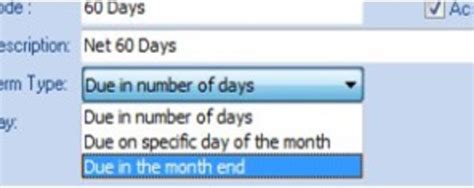
Calculating the due date is essential for several reasons. Firstly, it helps healthcare providers monitor the pregnancy and detect any potential complications early on. Secondly, it enables women to plan their delivery and make necessary arrangements, such as attending parenting classes, preparing the nursery, and arranging for maternity leave. Finally, knowing the due date helps women prepare emotionally and physically for the arrival of their baby.
Method 1: Last Menstrual Period (LMP) Method
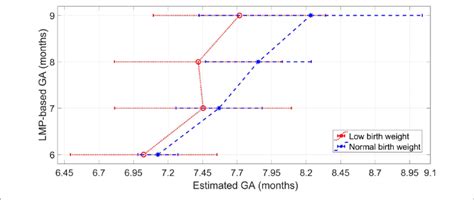
The LMP method is the most commonly used technique to calculate the due date. This method assumes that ovulation occurs on day 14 of a 28-day menstrual cycle, and the woman becomes pregnant on the day of ovulation. To calculate the due date using the LMP method, subtract three months from the first day of the LMP and add seven days. For example, if the first day of the LMP is January 1, the due date would be October 8.
Limitations of the LMP Method
The LMP method has several limitations. Firstly, it assumes a regular 28-day menstrual cycle, which may not be the case for all women. Secondly, it does not take into account the actual date of ovulation, which can vary from woman to woman. Finally, the LMP method may not be accurate for women with irregular menstrual cycles or those who have recently stopped using birth control.Method 2: Ultrasound Dating
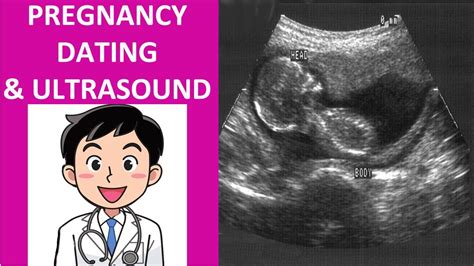
Ultrasound dating is a more accurate method of calculating the due date, especially during the first trimester. This method measures the size of the embryo or fetus and estimates the gestational age based on its size. Ultrasound dating is typically performed between 7 and 12 weeks of gestation and can provide an accurate estimate of the due date.
Advantages of Ultrasound Dating
Ultrasound dating has several advantages over the LMP method. Firstly, it provides a more accurate estimate of the gestational age, especially during the first trimester. Secondly, it can detect any potential complications, such as fetal growth restriction, early on. Finally, ultrasound dating can confirm the due date and provide a more accurate estimate of the baby's birth weight.Method 3: Ovulation Method
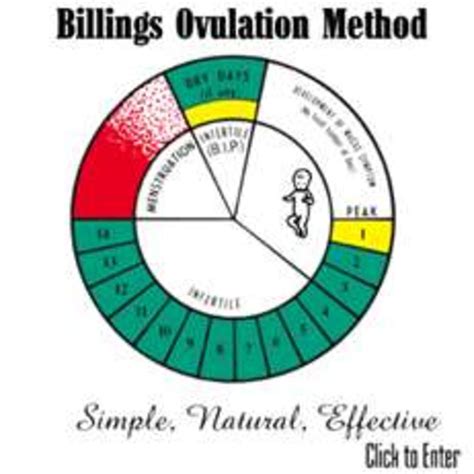
The ovulation method involves tracking the woman's ovulation and calculating the due date based on the date of ovulation. This method can be used in conjunction with fertility awareness methods, such as basal body temperature charting or ovulation predictor kits. To calculate the due date using the ovulation method, add 266 days to the date of ovulation.
Advantages of the Ovulation Method
The ovulation method has several advantages. Firstly, it provides a more accurate estimate of the due date, especially for women with irregular menstrual cycles. Secondly, it can help women conceive more easily by identifying the fertile window. Finally, the ovulation method can detect any potential fertility issues, such as anovulation or irregular ovulation.Method 4: Fetal Development Method
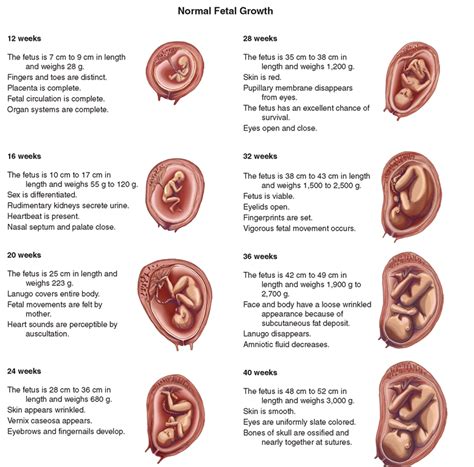
The fetal development method involves tracking the development of the fetus and estimating the due date based on its size and developmental stage. This method can be used during the second and third trimesters and can provide an accurate estimate of the due date.
Advantages of the Fetal Development Method
The fetal development method has several advantages. Firstly, it provides a more accurate estimate of the due date, especially during the second and third trimesters. Secondly, it can detect any potential complications, such as fetal growth restriction or developmental delays. Finally, the fetal development method can confirm the due date and provide a more accurate estimate of the baby's birth weight.Method 5: Combination Method

The combination method involves using a combination of the LMP method, ultrasound dating, and other methods to estimate the due date. This method can provide a more accurate estimate of the due date, especially for women with irregular menstrual cycles or those who have recently stopped using birth control.
Advantages of the Combination Method
The combination method has several advantages. Firstly, it provides a more accurate estimate of the due date, especially for women with irregular menstrual cycles. Secondly, it can detect any potential complications, such as fetal growth restriction or developmental delays. Finally, the combination method can confirm the due date and provide a more accurate estimate of the baby's birth weight.What is the most accurate method of calculating the due date?
+The most accurate method of calculating the due date is ultrasound dating, especially during the first trimester.
Can I use the LMP method if I have an irregular menstrual cycle?
+No, the LMP method assumes a regular 28-day menstrual cycle and may not be accurate for women with irregular menstrual cycles.
How can I track my ovulation to calculate my due date?
+You can track your ovulation using fertility awareness methods, such as basal body temperature charting or ovulation predictor kits.
Can I use the fetal development method to calculate my due date during the first trimester?
+No, the fetal development method is typically used during the second and third trimesters to estimate the due date.
What is the combination method, and how can it be used to calculate the due date?
+The combination method involves using a combination of the LMP method, ultrasound dating, and other methods to estimate the due date. This method can provide a more accurate estimate of the due date, especially for women with irregular menstrual cycles.
In conclusion, calculating the due date is an essential aspect of prenatal care, and there are several methods available to estimate the due date. While the LMP method is the most commonly used technique, it has several limitations, and alternative methods, such as ultrasound dating and the ovulation method, can provide a more accurate estimate of the due date. By understanding the different methods available and their advantages and limitations, expectant mothers and healthcare providers can work together to plan and prepare for the arrival of the baby. We invite you to share your thoughts and experiences on calculating the due date and to ask any questions you may have. Additionally, we encourage you to share this article with others who may benefit from this information.
